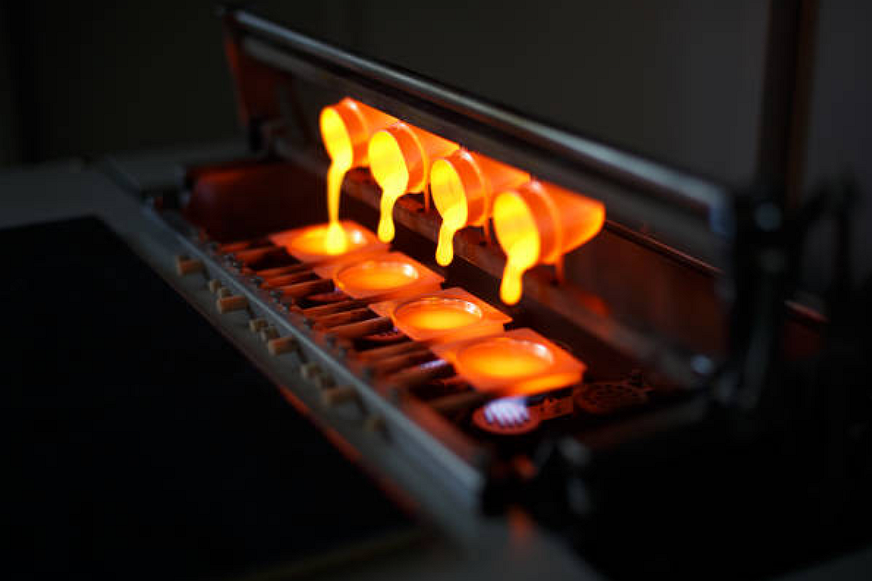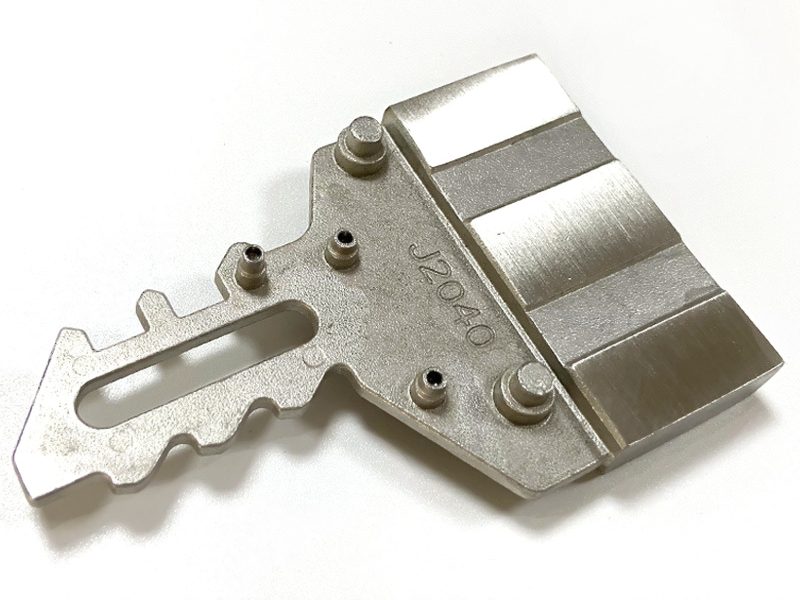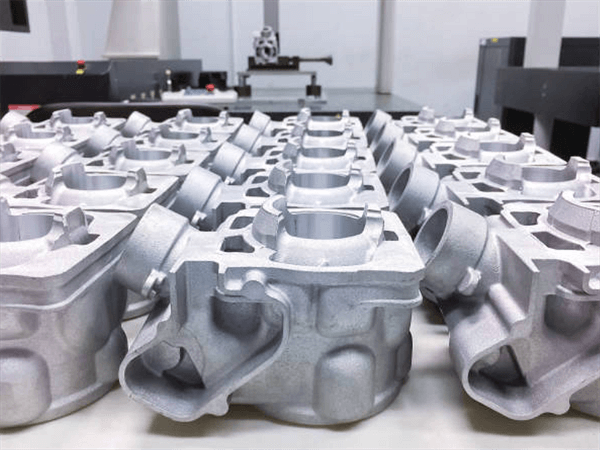How does gravity casting improve part durability?
How Does Gravity Casting Improve Part Durability?
Superior Metal Density
Gravity casting relies on molten metal flowing naturally into the mold under the force of gravity, resulting in slower filling and solidification compared to high-pressure processes. This controlled flow reduces internal turbulence and air entrapment, producing parts with fewer voids and higher material density. The result is enhanced fatigue resistance and greater mechanical integrity in structural components.
Low Porosity and Improved Strength
Parts made via gravity casting exhibit significantly lower porosity than those from sand casting or pressure die casting. This ensures uniform load-bearing capacity and improved fracture resistance. For example, aluminum A356 gravity-cast components can achieve tensile strengths up to 275 MPa and elongation of 5–10% after heat treatment—ideal for automotive or heavy equipment applications.
Heat Treatability for Enhanced Properties
Gravity-cast parts can undergo T5 or T6 heat treatment, which significantly improves hardness, yield strength, and wear resistance. T6-treated A356 aluminum castings can exceed 310 MPa in tensile strength and 110 Brinell in hardness, extending part lifespan under mechanical stress and thermal cycling.
Thicker Wall Sections with Structural Rigidity
Gravity casting supports the formation of uniform wall thickness and stronger cross-sections without distortion. This is ideal for components like housings, arms, and brackets that experience bending or vibration fatigue. Unlike pressure die casting, gravity casting does not require thinning walls to ensure mold filling, allowing for more robust designs.
Enhanced Surface and Dimensional Quality
With permanent steel molds, gravity casting achieves better surface finishes (Ra ≈ 3.2–6.3 μm) and tighter dimensional control than sand casting. These smoother surfaces reduce friction and wear in mating assemblies, improving the durability of rotating or interfacing components in energy systems, lighting equipment, or telecommunication hardware.
Manufacturing Services for Durable Gravity Cast Parts
Neway delivers gravity casting services with a focus on structural performance and reliability. With alloy expertise, in-house CNC machining, ±0.01mm accuracy, and post-treatment options, we provide custom parts engineered for long-term durability in critical industries.



